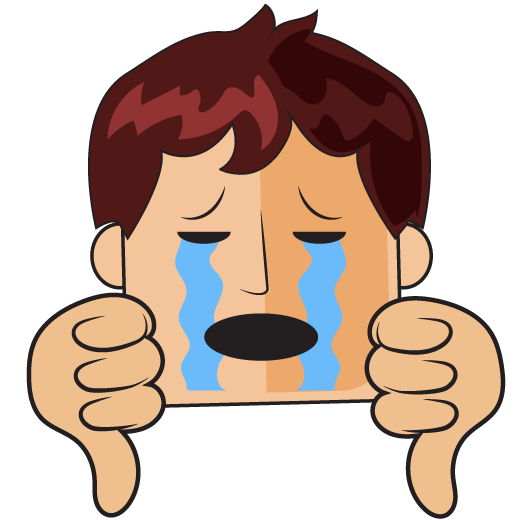


Listen to a radio program about the fashion industry. Today there are 3 guests in the program, they are talking about the past, the present and the future of fashion. You are also going to listen to 3 people from the audience giving their opinion on the topic.
Choose the correct idea that summarizes what each person in the program commented on the topic.
-
- fashion is influenced by different factors that also affect society.
- people are wearing certain clothes in other contexts, not just for the one they were designed for.
- what people wear depends on their personality and how much they have to spend on clothes.
- clothes, the environment and the body are going to be connected.
- fashion may appear bizarre for the eyes of a person from another era.
- fashion trends don't disappear completely.
- the richer the person, the heavier the clothes.
1 Onix mentioned that…
Listen to the radio program one more time, then read the following sentences and decide if they are TRUE, FALSE, or DOESN'T SAY if the idea is not commented in the program.
1. Not all of the guests in the program are fashion designers.
2. In the future, people will be like in Walle, all obese and sedentary.
3. Fast and slow fashion are going to disappear.
4. Sneakers are a fundamental piece in fashion nowadays.
5. Women didn't wear hoses in the XVI century.
6. Fabrics will change in the future, they will be "smart".
7. Everyone in the XVI century wore tailored clothes.
8. Nowadays, people aren't wearing denim everywhere.
Listen to the radio program again if you need to in order to complete the following paragraph with the missing words. You need to use one or two words in each gap.
Choose the best option to complete the comments below the article to be logical.
Have you noticed how the way people dress has changed over the last years? Can you imagine how people will dress next decade? Recently, some brands have proposed to create more endurable, timeless, and cheaper clothing. What do you think about it?
I will share a quick review on three pieces of clothing that people still wear. Write your opinion in the comments. If you have others in mind, share them.
What fashion trend do you think is the most influential? Do you think some other pieces of clothing from the past may come back someday?

The S- bend corset was created in the 1900s, its main purpose was to shape the women’s body. The "S-Bend" designation refers to the fact that the corset's seaming and boning structure pushed the bosom forward in a rather unnatural manner, flattening the stomach, and allowing the derrière to be prominent.
Women wore this corset to look more stylized. At the beginning it was painful to wear this corset because it was heavy and hard, but recent designs are lighter and less uncomfortable. It still makes you look stylized, they are used as part of wedding dresses designs.
Jeans have been around since the mid-1800s and they've changed a lot over the years. When they were first invented, they were mainly popular with miners and workers who needed to wear something sturdy and reliable. Now you can see people wearing them almost all the time. Styles go from big and baggy to skinny and colorful.
Jeans are still going to be a trend in the future. Denim material may vary from brand to brand, but comfort is the key.
Leggings have been present since the 80s, Spandex became a fashion trend. At the beginning, women and men wore this piece of clothing to do aerobics, but now you can see them everywhere. They can be combined with almost everything.

There is no doubt that lots of "new" fashion styles are emerging, but if we pay attention, they are a mix of the old ones, Boho, Rocker and Punk, Geek, Ladylike and the trendiest of all: Vintage. It means something classic, old, and of excellent quality, it is a style that recovers the styles of the 1920s, 1930s, 1940s, and 1960s. Vintage clothes are old and classic pieces, like jeans or clothes copied from previous decades such as polka dots (marbles).
Comments:
Belem Contreras:
I think that miniskirts, which were designed back in the 60s, are something we are still going to wear in the future you can see them everywhere now. They can be combined with leggings, pantyhose, and even jeans.
Melany Harris:
fashion trends have not changed too much for most people. I mean, most people are not aware about it and still dress in the same way for many years. We should focus on more interesting things such as how clothes may pollute the Earth. Clothing companies should care about the materials they use to make their products to be eco-friendly. But this is just my opinion.
Eva Estrada:
It is true that fashion trends are becoming a mix of older ones, it doesn't mean that clothing companies stop designing and producing more and more. If you want to wear "vintage" clothes, it will be easier to buy new clothes with a classic style. You wouldn't look for old clothes into your grandma's wardrobe!
Guio Von:
For me it is easier and smarter to dress in a simple style. Let me give you my reasons. , if you have two or three pairs of jeans and enough T-shirts or blouses to combine them you can save money. Second, the less you wear, the less you pollute.
Daniel Smith:
I agree with all the previous comments. It is true that we can reuse clothes. There are lots of street markets where you can find clothes that you can wear for a bit more time. It is cheaper and you do both: save money and care for the environment.
Read the sentences and choose which answer (yes, more or less or no) applies to your current knowledge of the topics in this object.

I'm an expert now in this topic!

I think I need to practice a bit more.

I'm starting to believe I need to start over again.
I can identify and contrast past simple and present simple using time expressions.
I can use the linkers when and while when contrasting past simple and past continuous.
I can express future events with be going to and will.
I understand the difference among connectors like but, so, because, however, also, and, as well as sequencers like first then, later, etc.
I can understand agreement and disagreement expressions in context.
I can understand when I read texts about past, present or future events.
I can understand when I listen to information about past, present, or future events.
I can write descriptions of events in past, present and future tense.
I can talk about present, past and future events with certain fluency, pronouncing new words correctly and using linkers accordingly.
I can interact in a conversation that is about the past, present or future.


